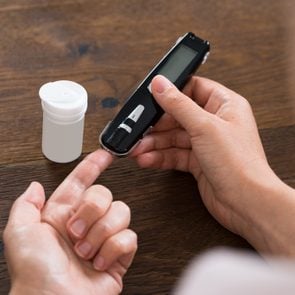50 Functional Foods for People With Diabetes
Updated: Mar. 14, 2022
Functional foods are some of the healthiest foods people with diabetes can eat to help lower blood sugar and improve overall health. Here are the tasty options nutritionists recommend.
What are functional foods?
You might have heard the term “functional foods,” but are unsure where it came from or which foods make the cut for people with diabetes.
Though there’s not a globally accepted definition, experts describe functional food as food eaten for the specific nutritional components it offers. Technically, many foods could fall into the category, as most foods provide some type of health benefit—even broccoli covered in cheese sauce has protein, fiber, and vitamin C.
“Functional food benefits typically extend beyond just maintenance of normal nutritional status,” says registered dietitian nutritionist Julie Stefanski, MEd, spokesperson for the Academy of Nutrition and Dietetics.
“These foods fit the bill for the concept ‘food as medicine.'”
Functional foods cover a variety of foods, including whole foods, minimally processed foods, and fortified or enhanced foods— vitamin D fortified milk or eggs with added omega-3, for example.
Here’s what you should know about functional foods and which ones you should put in your cart if you have diabetes.

Where did the term ‘functional foods’ come from?
We can thank Japan for bringing functional foods to the forefront. In the 1980s, Japan faced escalating health care costs, so the Ministry of Health and Welfare created a class of “functional foods” that had documented health benefits beyond those covered by basic nutrition to improve the aging population’s health.
The United States, however, doesn’t have a legal definition for functional foods, though the U.S. Food and Drug Administration (FDA) does regulate the labels and claims found on functional foods.
For example, food companies may boldly promote the benefits of their products, but they can’t claim a functional food helps treat a disease unless the FDA has approved the claim. Still, you might see “low fat,” “reduced sodium,” or “heart-healthy” and think that food has the green light, but it might not.
A low-fat food may have more sugar, for example. It’s up to you to decipher nutrition labels and ingredients to determine if a food is healthy for your specific needs. But don’t worry; we’ve got more tips below.
Functional foods for people with diabetes
The basic nutrition of eating fresh fruits, veggies, and whole grains are well-known, but the nutrition claims and clever marketing on packaged functional foods are often misleading or difficult to understand.
Is the whole-wheat pasta with added heart-healthy omega-3 healthy for people with diabetes? Here’s what you should know:
“Even though the modified functional food may claim to offer numerous long-term benefits like added omega-3 fatty acids to help with heart health, you can’t forget about the immediate impact the food will have on your blood sugar levels,” says registered dietitian nutritionist Kristin Smith, spokesperson for the Academy of Nutrition and Dietetics.
Make sure to read the food label, assess how many grams of carbohydrates are per serving, and look at what constitutes a serving.
If you’re not sure, ask your doctor or a registered dietitian nutritionist to assess the nutritional adequacy of your current dietary intake. They will evaluate whether modified functional foods will benefit your specific lifestyle factors and blood sugar control.
Meanwhile, here is a type 2 diabetes food list, featuring Smith’s and Stefanski’s go-to functional foods for diabetes:
Fatty fish
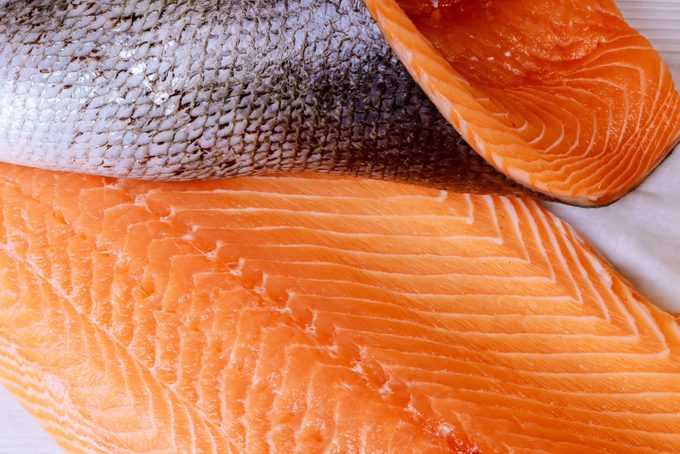
“All people with diabetes have an increased risk of cardiovascular disease, and reducing inflammation is a key factor in reducing risk of cardiovascular disease,” Stefanski says.
Fatty fish helps fight inflammation. Opt for baked, broiled, or grilled fish, and stay away from breaded and fried fish, as they contribute to extra carbohydrates and calories.
Research in the Journal of Clinical Endocrinology & Metabolism found that the omega-3s in fish-oil supplements increase adiponectin levels in the bloodstream, a hormone that supports glucose regulation. Omega-3 fatty acids can help lower the levels of triglycerides (fats in the blood) and help prevent the hardening of the arteries.
Good sources of fatty fish include:
- salmon
- trout
- sardines
- mackerel
- herring
- albacore tuna
Green leafy and cruciferous vegetables

Non-starchy vegetables not only help you feel fuller longer, but they also have a low glycemic load and glycemic index, and a host of other benefits, too.
“Green leafy vegetables contain high amounts of vitamin C, vitamin K, folate, and manganese. These antioxidants help repair stress and damage to our cells along with supporting our immune health,” Stefanski says.
Pass on starchy and sugary veggies such as carrots and potatoes. “High amounts of sugar in the blood can cause damage to arteries and organs,” Stefanski adds.
Try these non-starchy veggies:
- cabbage
- Brussels sprouts
- cauliflower
- collard greens
- broccoli and broccoli sprouts
- kale
- kohlrabi
- rutabaga
- turnips
- bok choy
- spinach
High-potassium veggies and fruit
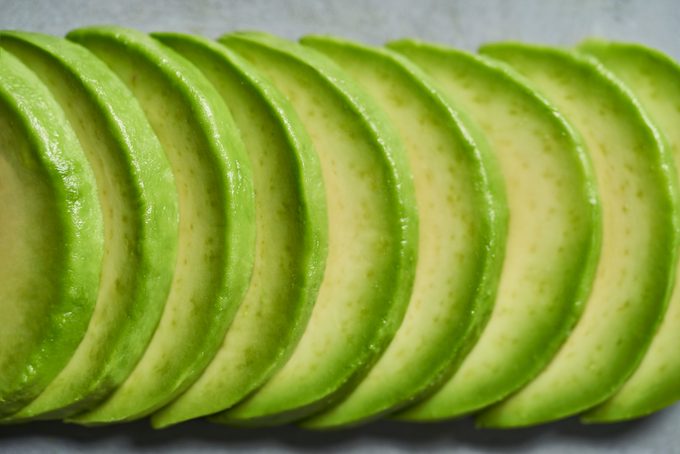
Potassium is an essential electrolyte that helps your body function. If your body isn’t getting enough potassium, it could make less insulin.
For individuals with high blood pressure, research has found it’s essential to get adequate potassium (4,700 mg per day) along with reducing sodium intake, Stefanski says.
A meta-analysis published in the June 2020 Journal of the American Heart Association indicates an adequate intake of potassium is desirable to achieve lower blood pressure. Still, people with kidney disease should avoid excessive potassium supplementation.
High-potassium veggies and fruits include:
- avocados
- Brussels sprouts
- beets
- mushrooms
- acorn squash
- bananas
- cantaloupe
- oranges
- apricots
- honeydew
Oatmeal (and other whole grains)
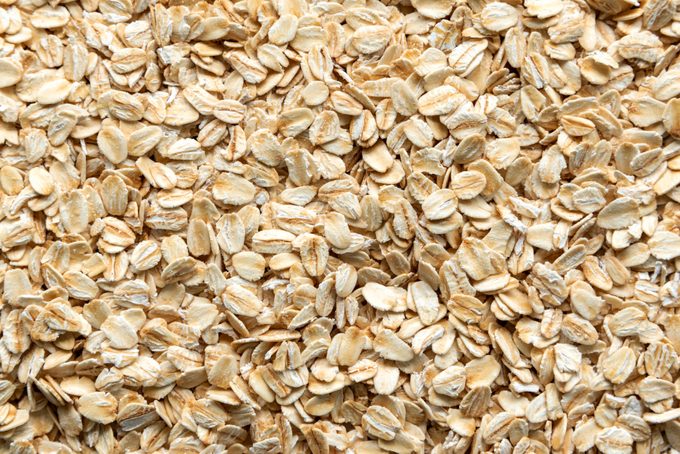
Carbs are typically a no-no for people with diabetes, but not all carbs are created equal. “Research has shown that whole grains can be beneficial for lowering cholesterol and improving gut health. Plus, certain polyphenols in grains may play a role in improving insulin metabolism,” Stefanski says.
“Oatmeal is packed with dietary fiber and may help lower cholesterol and assist with blood sugar control,” Smith adds. And eating a warm bowl of oatmeal for breakfast tomorrow could give you an immediate edge in managing your diabetes.
A 2019 report, published in the Canadian Journal of Diabetes, indicates the use of oatmeal as a short-term dietary intervention is associated with a substantial reduction in blood sugar concentrations and improved insulin sensitivity. Just be sure to follow these rules when eating oatmeal and other breakfast foods if you have diabetes.
Seek out these whole-grain options:
- brown rice
- whole-grain pasta
- whole-grain bread
- barley
- quinoa
- farro
- bulgar
Beans
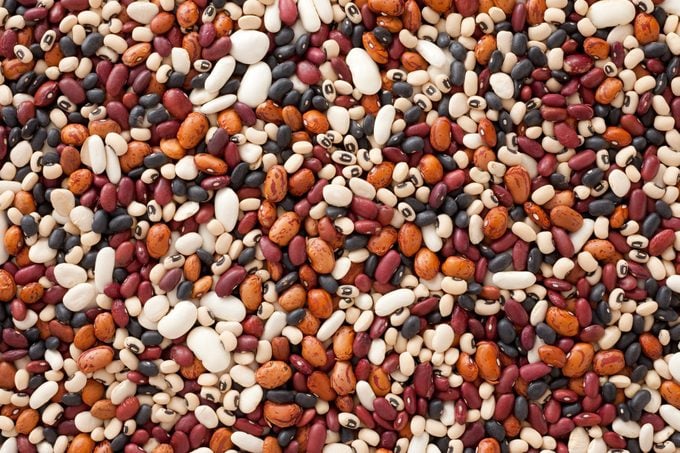
Even though they are small, beans are a nutritional powerhouse full of protein, dietary fiber, potassium, and folate. They’re versatile and can be easily added to salads, soups, or casseroles, or used as a substitute for meat.
“Including beans as part of a diabetic diet may help aid with weight management, hyperglycemia after meals, and decrease the risk of elevated cholesterol levels,” Smith says.
Beans (uncooked or canned and drained of salt) options include:
- black beans
- pinto beans
- chickpeas
- lima beans
- kidney beans
- soybeans
Unsalted nuts
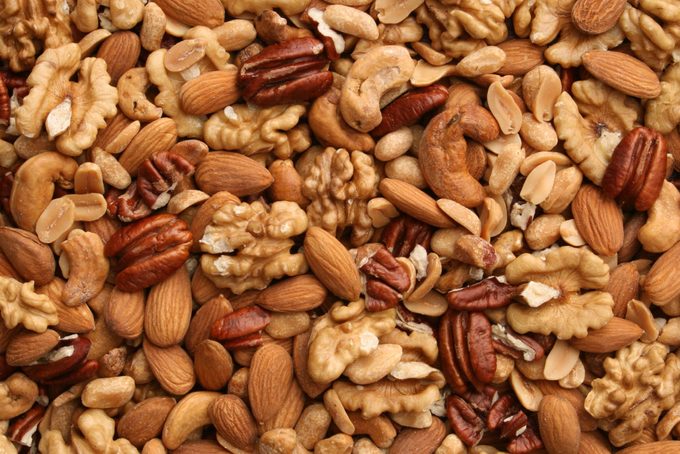
“Eating to prevent heart disease is important for people with diabetes, as they are more likely to have other conditions that raise the risk for heart disease,” Smith says.
A 2019 study in Circulation Research found that eating nuts lowered the risk of heart disease and death in people with type 2 diabetes, especially for those who ate tree nuts. Just stay away from salted nuts, which can contribute to high blood pressure and heart disease.
Tree nuts include:
Berries
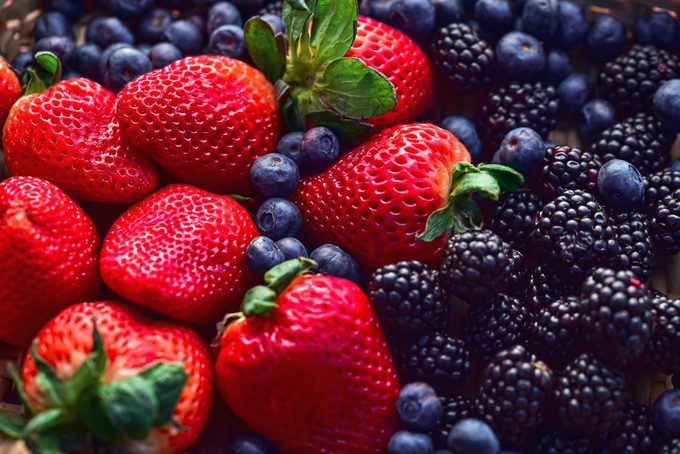
It’s hard to resist sweet and ripe berries when they are in season. We know they’re good for us because they’re rich in antioxidants, but it turns out they also are beneficial in managing diabetes.
“Berries may improve blood sugar and lipid profiles,” Smith says.
A lipid profile or panel is a snapshot of a blood test that measures your total cholesterol, LDL “bad cholesterol,” HDL, “good cholesterol,” and triglycerides, a type of fat that can cause hardening of the arteries. And there’s fiber packed into these little gems, too.
“Berries are naturally high in fiber which does not raise blood sugar levels and promotes regular elimination,” Stefanski says.
Pick up these berries from the produce aisle or choose frozen, unsweetened options:
-
- blueberries
- cranberries
- strawberries
- raspberries
- blackberries



